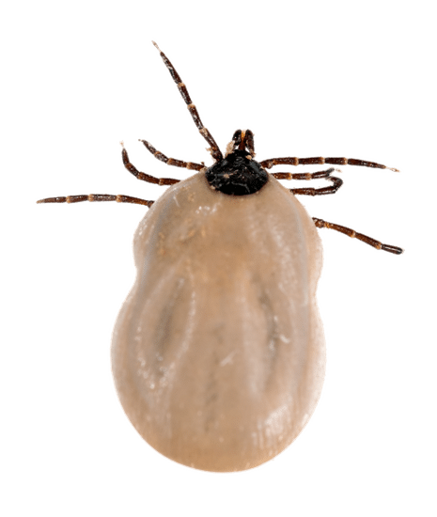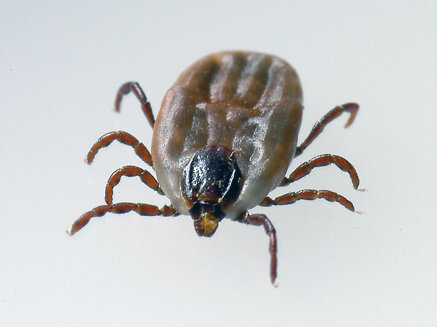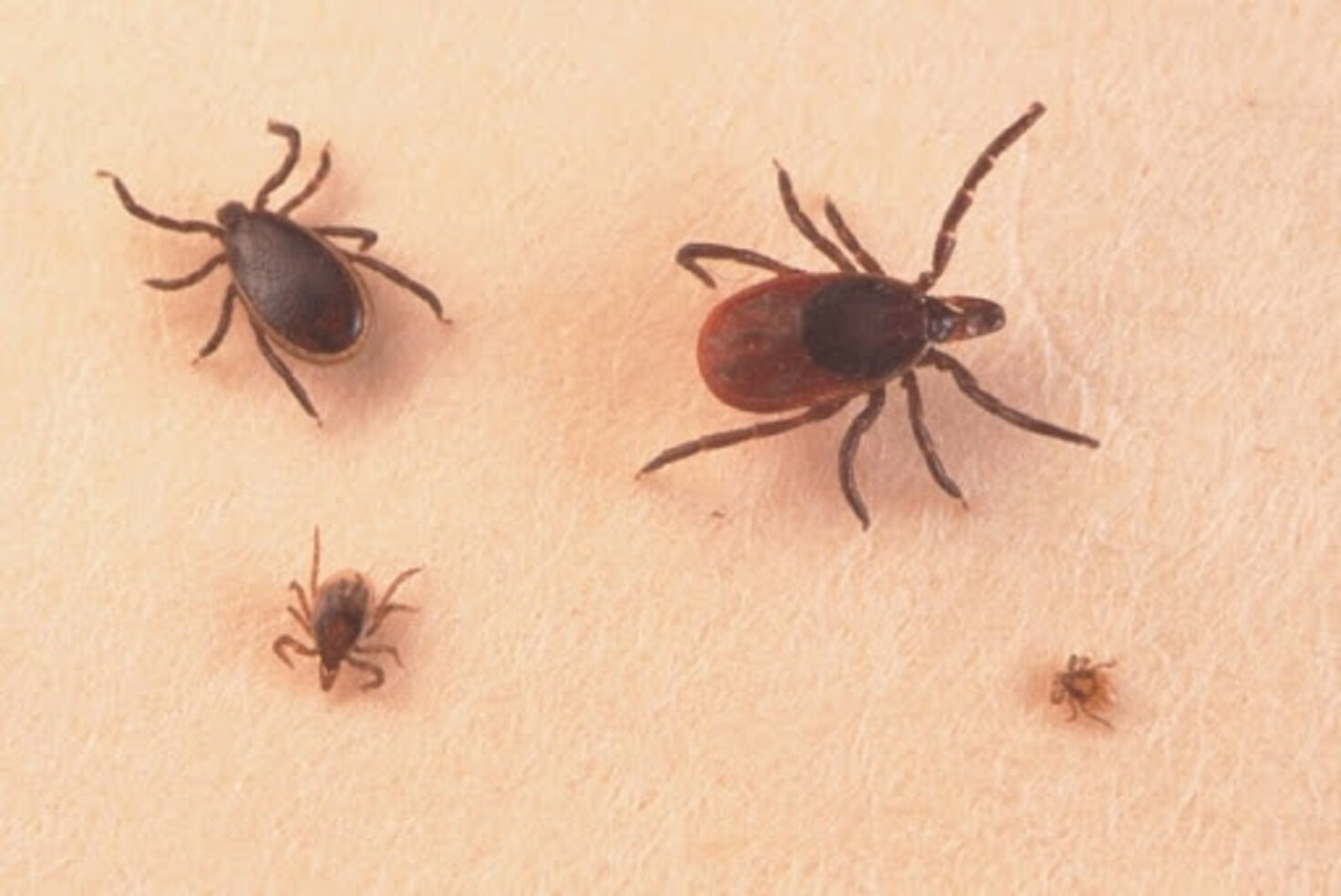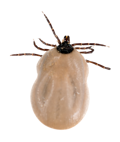Ecopiakos Soluzioni Ecologiche - P.iva 05534520878

Ticks
Ticks are large mites that have a leathery cuticle with hypostome with rear-facing denticles through which they attach to the host. They have a rounded body with a head indistinguishable from the body and equipped with a mouth structure that can penetrate the skin and suck the blood.They belong to the order of the Ixododes which is included in the class of Arachnids (in which there are also the spiders, mites and scorpions). They are widespread all over the world, with 900 species divided into three families, two of which are main (Ixodidae and Argasidae). Adults and nymphs have 8 legs while the larvae have 6. Their cycle can take place in 1 out of 2 or three hosts. The hosts are represented by mammals, birds and reptiles.
The two main families: Argasids and Ixodids

Both choose the skin area, usually the most hairless portions (skin of the auricle, inner face of the thighs, base of the tail, shoulders), incising it with special structures called chelicerae, through the hypostome then attach themselves to the skin by exercising it. hematophagia (blood-based nutrition)
The Argasids, the soft ticks
They are the so-called "soft ticks", as they have no dorsal shield. The legs are six in number for the larvae and eight in the other stages. Of these, the genera Argas, Otobius, Ornithodoros are of interest. The first two genera are present in countries with a warm temperate climate and are found on mammals and birds. In Italy the most common is the Argas reflexus called the pigeon tick. They feed at night and hide in the crevices of the ground during the day. This type of nutrition involves their increase in volume, which however they contain through the discharge of liquids through particular structures of excretion. The
females lay 4/5 times in the ground, feeding between one and the other.



Ixododes or hard ticks
They are commonly referred to as "hard ticks", as they have a reinforced dorsal shield-shaped cuticle. This is extended to the entire surface in males, and only to the anterior portion in females. Adult females usually feed continuously andgradual for 7/12 days, while larvae and nymphs for shorter times. The males, on the other hand, feed discontinuously.Once the females have been fertilized they accelerate the meal until they are totally replete, and once the host is abandoned, they perform oviposition, which lasts between 10 and 30 days and even more, then the female dies.
Damage caused
There are many Argasids and Ixodids that interest us due to their pathogenic action on our animals. In addition to the direct harmful effects on the skin and the anemic effects, they carry rickettsial viruses, protozoa; all pathogens for animals. On the skin, ticks cause lesions, which can also be granulomatous, giving rise to nodules when the tick dies or is extracted incorrectly. They can give rise to a localized skin infection (with erythema, edema, and pain) They are vectors of many diseases, both in humans and animals, among the most important are:
Lyme disease or Borreliosis; the first Italian case occurs in 1985, it is a disease caused by a bacterium. Mostly transmitted by ticks of the genus Ixodes. The main reservoirs of this bacterial disease are wild animals such as roe deer, deer, foxes, hares and rodents. The disease manifests itself as a red spot that tends to expand, later neurological disorders (myalgia, arthralgia, meningitis, polyneuritis) can develop. The disease can become chronic. Antibiotic therapy is usually performed on the basis of symptomatological data as laboratory tests may not always highlight or exclude it. Since this disease does not lead to immunity, it can be contracted several times in the course of life. In the United States there is a vaccine against Lyme disease.
Tick-borne encephalitis or TBE: disease caused by a virus. Tick Borne Encephalitis was first identified in Italy in 1994. Both the dog and the wood tick can transmit the disease. In 70% of cases of human infection with this virus, there are few symptomatic manifestations or presents in an asymptomatic form. In 30%, flu-like symptoms can occur 3-28 days after the tick bite; you may have a fever which disappears in a few days. In very rare cases, after the aforementioned symptoms, encephalitis can appear which can also be very serious. The disease has a more benign course in children and younger people.
Other transmitted diseases
The Erlichiosis; bacterial disease, 7-21 days after the bite, manifests with flu-like symptoms and measles-like rashes. It usually has a benign evolution. The button fever; transmitted by the dog tick after a period between 1 and 3 weeks from the bite, in this disease an ulcer may appear at the site of the same bite, followed by fever and papular eruptions for 10 days. If left untreated with specific antibiotics, complications can occur. Q fever; bacterial disease that infects domestic and wild animals through the bite of ticks. The bite of ticks does not transmit the disease to humans, humans can still become infected by inhaling dust containing this microorganism. Cytauxzoonosis; parasitic (protozoan) disease, transmitted by ticks. It affects both domestic and wild felines. Symptoms include: anemia, paleness, fatigue, dark urine. Cats can meow in pain. It can have a fatal course.

Ecopiakos Ecological Solutions - Leading company in Eastern Sicily- P.iva 05534520878
